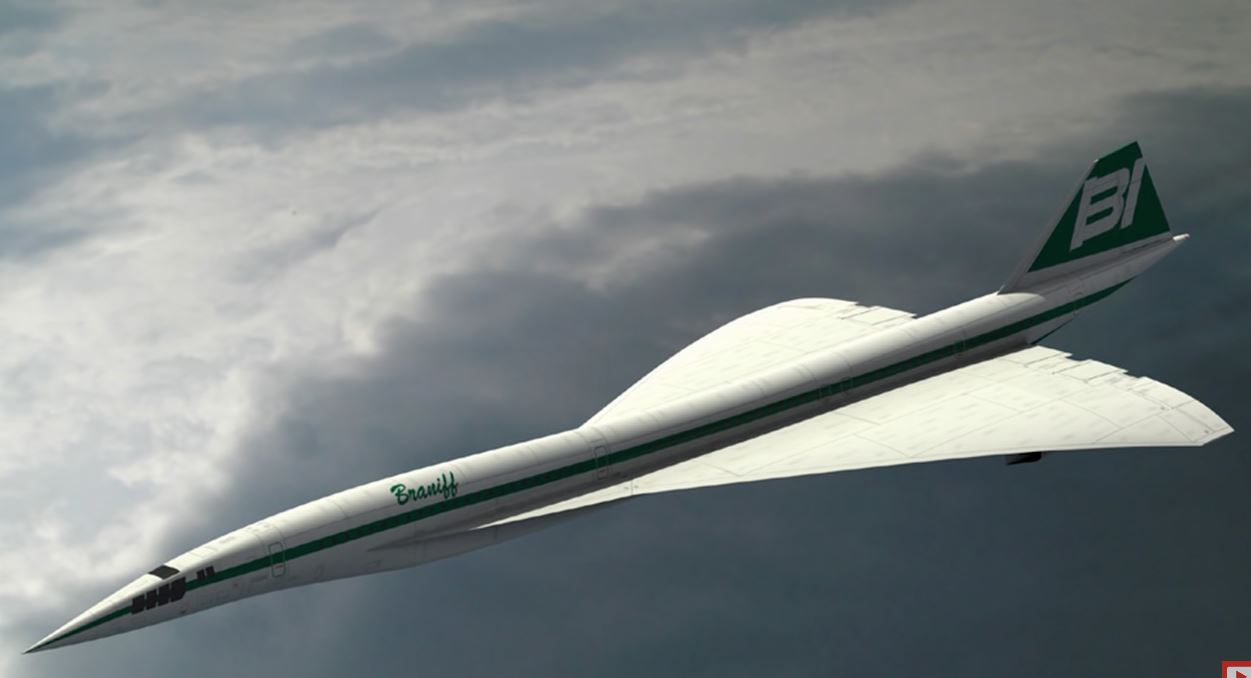America’s forgotten Concordes, the planes that never flew.
When we think of supersonic passenger air travel, most people will think of Concorde, the joint British & French design which operated from 1976 until 2003 and up until this day, has been the only long term supersonic passenger jet service to operate.
What many people don’t know is that in the 60’s a 70’s there were three other competing designs from the United States and Russia.
The Russian Tupolev Tu-144 was the first commercial supersonic transport aircraft (SST) which had its first flight 2 months before Concorde on 31st December 1969.
However, after a crash at the Paris air show of 1973 and another in 1978 it was grounded after just 55 flights, though it remained in use as a research platform well in to the 1990’s.
The other two American designs are less well known about because despite huge government backing and that supersonic transport was to be the next big thing after the moon landings neither of the designs by Boeing and Lockheed made it in to the air.
The story starts in 1962 when the British and French governments announced that they jointly build a new airliner that could travel at over twice the speed of sound which was to be called the “Concorde”.
This was to be the most advanced civilian aircraft in the world, showing that European aircraft manufacturers could create the most leading-edge designs, something that the Americans believed that they were the best at.
To meet this new challenge and rescue American national pride, President John F Kennedy stated that America would build it’s own supersonic transport aircraft and that it would be both bigger and faster than the European design.
Two designs, one from Boeing and the other from Lockheed were selected for further development and as an incentive the US government would pay for 75% of the programs cost.
The Lockheed L-2000 design was almost a scaled up Concorde and intended to fly at up Mach 3.0 or 2300 mph while carrying 270 passengers for a range of 4,000 miles.
The development of smaller fighters like the French Mirage III fighter and the Russian MiG-21 had already proven the delta shape wing similar to Concorde could easily go to Mach 2 and beyond and this was the route that Lockheed chose.
Boeing on the other hand opted for a much more complex swing wing design that would be straight at low speeds which would improve the takeoff and landing and then swing back to become a delta wing as the speed increased.
Boeing’s 2707 design was supposed to be able to fly at Mach 2.7 or 2000mph and carry more than 270 passengers for more than 4,200 miles.
After much testing the Boeing 2707 design was chosen as the winner on 1st January 1967.
Progress though, was far from smooth, one of the main features that the 2707 was meant to have was the ability to fly hundreds of miles an hour faster than Concorde but this created huge implications plane.
Kit Mitchell, who was the principal scientific officer at the then Royal Aeronautical Establishment (RAE) in the 1960s, and also worked on Concorde.
Kit said that the Boeing 2707’s main problem was that it was trying to do too much, and that so much of the technology required was still in its infancy.
Military jets could fly supersonic but even then it was for only a few minutes at a time and not for 4 hour flight like the airliners were expected to.
The technology required to do this in the 1960’s was as almost as much of a challenge as sending a man to the moon.
Concorde got around many of these issues because even though it flew at Mach 2, it wasn’t so fast as to require exotic materials and brand new untested designs.
Concorde was effectively the next step up from the V bombers that the British had already developed.
One of the biggest issues was the extra speed that was required. Concorde flew at Mach 2.0 or 1350 mph, the Boeing was meant to fly 650 mph faster.
Due to the compression of the air, Many fuselage parts on the Concorde were heated to over 100C and the nose tip reached 127C when cruising at Mach 2.
The body Concorde was 300mm or about 1 foot longer at supersonic speeds than it was on the ground.
This expansion and contraction of the body could lead to metal fatigue if not carefully maintained.
It also meant that Concorde had a relatively short airframe life of 45,000 hours compared 100,000 for that of a Boeing 747 and that would have an impact of the overall cost to the airlines.


Comments
One response to “The Forgotten American Concordes: Boeing 2707 and Lockheed L-2000 SST”